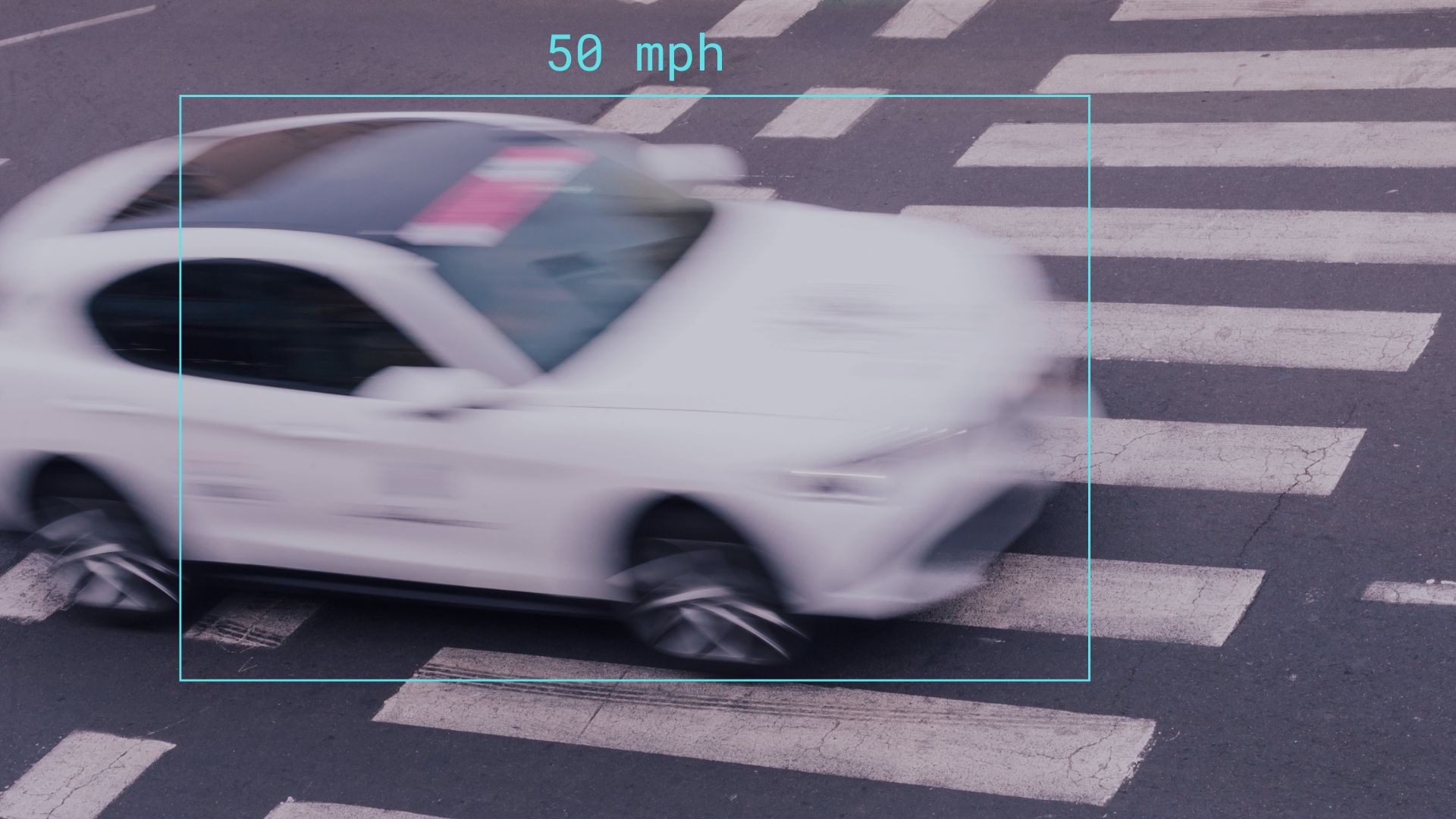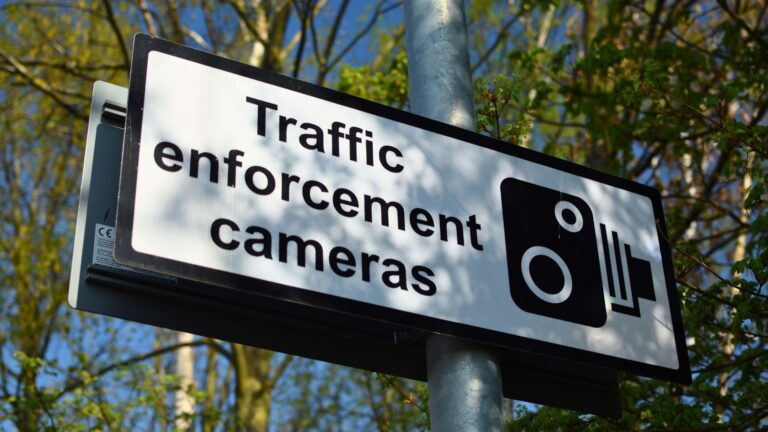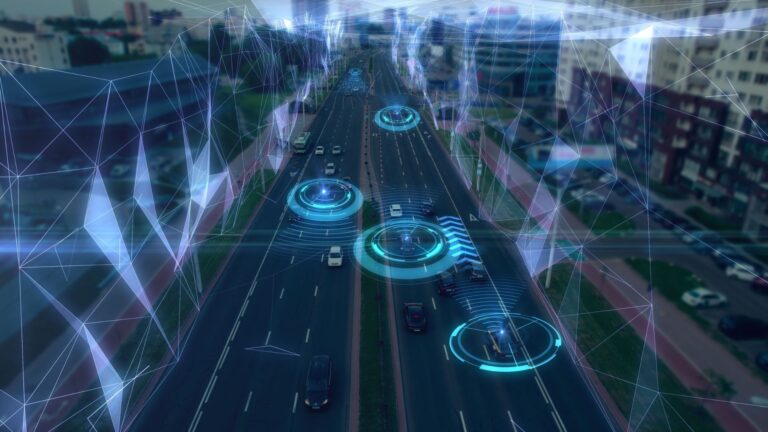Repeat offenders are a stubborn challenge in traffic safety. While many drivers slow down after receiving a ticket, a certain number of “recidivists” continue to speed or run red lights, putting lives at risk. Automated Traffic Enforcement (ATE), both red-light and speed cameras, promises not only to catch violations, but to deter future ones. For technology partners like Elovate, one of the most important questions is: does it work? Can ATE shift driver behavior and reduce repeat violations in the long run?
What Is Recidivism in Traffic Enforcement?
Recidivism in this context refers to a driver committing repeated traffic violations after being cited. A 2020 study in Victoria, Australia found that nearly two-thirds of drivers had at least one infringement on their record, and a significant share went on to reoffend within 12 months. This isn’t just a safety issue — it’s a policy one. If enforcement isn’t changing behavior, it risks developing the reputation of a “cash grab” with little impact. So, let’s look at the evidence across North America.
Do Cameras Reduce Repeat Violations?
While few studies isolate “recidivism” rates specifically, evidence increasingly shows that ATE programs lower violation rates and can reduce the share of repeat offenders.
- In one U.S. case study, daily camera violations fell by 60%, and repeat offenders made up just 19% of citations post-deployment.
- In New York City, the Department of Transportation reports a 94% drop in speeding violations at camera locations. Crucially, 74% of drivers who receive one violation don’t receive another in the same year.
- A British Columbia red-light program saw a 69% drop in violations one month after installation, and a sustained 38% drop over six months.
While these numbers show an overall decrease, they suggest a shrinking pool of chronic violators. The logic: most drivers, once caught, change behavior — and ATE ensures they get caught.
Jurisdictional Comparisons: With and Without ATE
Looking at states or cities with and without ATE offers some of the clearest evidence:
- A study comparing large U.S. cities found that those with red-light cameras had 21% fewer fatal red-light running crashes and 14% fewer fatal crashes at intersections overall.
- After some cities deactivated red-light programs, fatal crashes increased by 30% beyond expected levels, the same study stated.
- In Washington, D.C., ATE deployment was linked to significant reductions in speeding and crash risk, while Curitiba, Brazil saw modest but measurable slowdowns in vehicles approaching camera zones.
These studies highlight a trend: where ATE is sustained, safety improves, and habitual offenders have fewer chances to slip through unnoticed.
Why the Results Vary — And What Matters
ATE plays a key role, but it’s only part of the solution. Its effectiveness depends on smart deployment, legal backing, and public trust. Some common challenges:
- Location Bias: Cameras are often installed where violations are already high. Some post-installation drop-off may occur naturally.
- Short-Term Effects: Drivers may slow down only near known camera zones unless enforcement is widespread or randomized.
- Super Violators: A small group of drivers are responsible for a large share of infractions. These individuals may require more intensive intervention beyond camera enforcement.
However, the benefits outweigh the limitations when programs are well designed. The use of average speed zones, real-time analytics, and consistent ticketing all help amplify deterrence.
Equity, Recidivism, and the Role of Ethical Enforcement Design
Reducing recidivism isn’t just about issuing more tickets; it’s about shaping consistent behavioral change across the entire driving population. But that goal becomes harder to achieve if drivers perceive enforcement as unfair or unequally applied. Several studies highlight that without careful design, ATE systems may unintentionally favor enforcement in lower-income or minority neighborhoods. A case study on racial bias in ATE found that disparities in ticketing outcomes can emerge based on deployment patterns, not just driver behavior. Similarly, the Wisconsin Law Review notes that fines without regard for income may push repeat infractions higher in financially stressed communities, not because of willful risk-taking, but due to limited means to resolve or contest citations. A Chicago study confirmed that areas with more violations often align with certain demographic patterns, highlighting the need for transparent camera placement and community oversight.
On the flip side, ATE, when implemented equitably, may actually reduce disparities in enforcement outcomes. Unlike traditional traffic stops, automated systems remove the moment of discretion that can lead to biased or inconsistent assessment. As one research paper points out, automated enforcement could help lower racial disparities by minimizing unnecessary police–driver interactions. And public opinion data shows that people are more supportive of ATE when it’s framed not just as a deterrent, but as a fairer, more neutral alternative to traditional policing.
The bottom line: to meaningfully reduce repeat violations, drivers must see enforcement as not only certain, but fair. Building equity into ATE programs isn’t just ethically the right thing to do, it helps ensure the behavioral shifts they’re meant to deliver are widespread, lasting, and credible.
The Elovate Advantage: Measurable Change
For Elovate clients, the takeaway is clear: ATE can meaningfully reduce violations and shrink the amount of recidivist drivers when deployed strategically. Agencies working with Elovate’s software have the opportunity to track not just violation counts, but repeat offender rates over time.
Aggregated data and comparative analytics allow cities to measure how many drivers offend once versus multiple times, and how those numbers trend post-installation. This builds transparency, supports community engagement, and makes the case for reinvestment in safety tech.
Technology That Learns and Leads
ATE works best not as a static tool, but as part of an adaptive system that evolves based on what the data reveals. The clearest signal from global studies is that when violations are certain to be detected, most drivers self-correct. That means fewer chronic offenders, safer intersections, and smarter enforcement overall.
For cities and agencies partnered with Elovate, the mission is bigger than just ticketing. It’s about proving that the right technology, deployed the right way, can make roads fairer, safer, and more accountable — for everyone.






